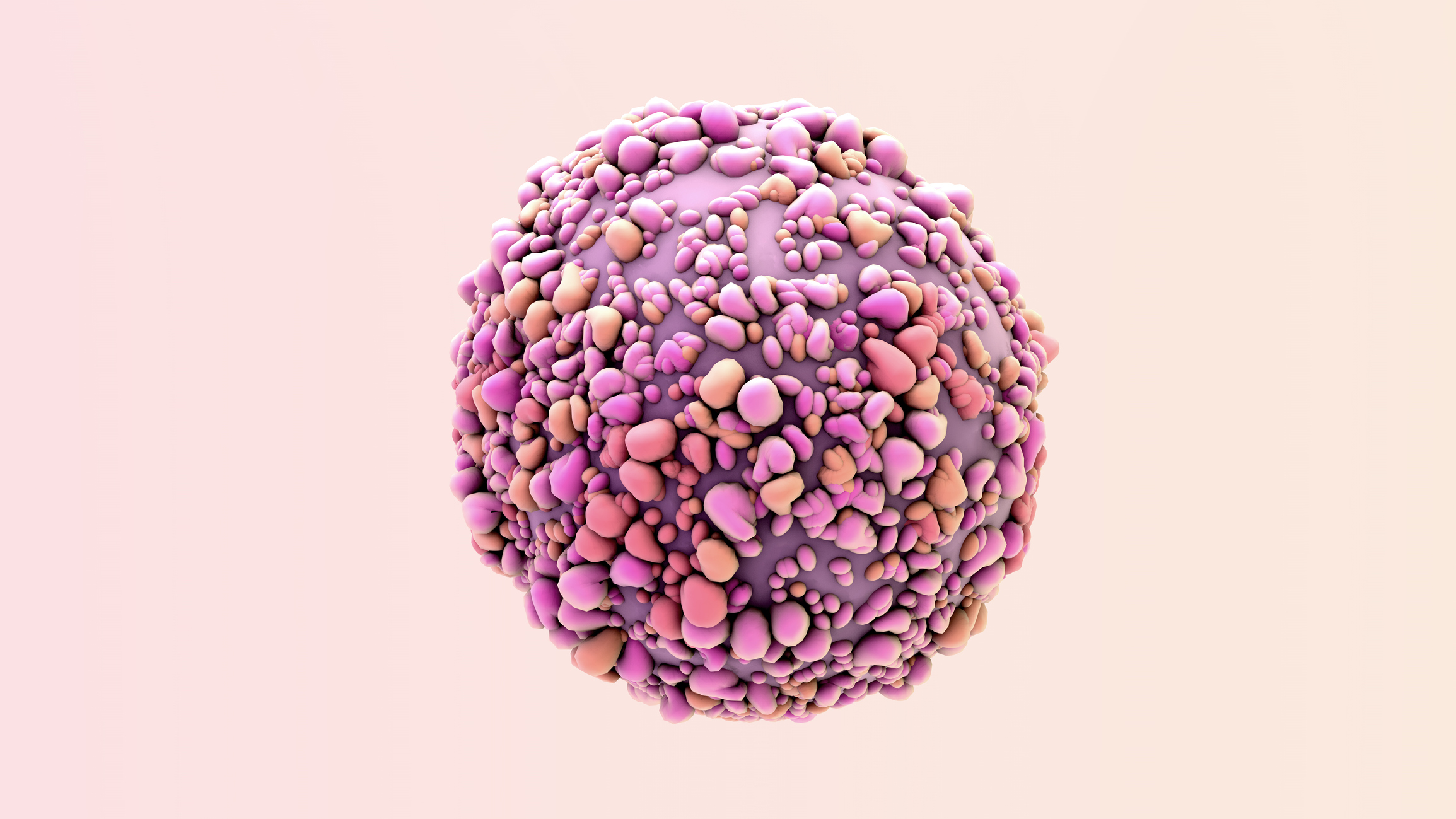To change pediatric oncology nursing management of peripheral intravenous catheter (PIVC) insertion and care based on current best evidence.
Practice change strategies were developed, and nurses completed education on proper PIVC insertion, dressing placement, and ongoing PIVC assessment with emphasis on preventing chemotherapy extravasation. Nurses also completed a chemotherapy course as part of their orientation program. The plan for PIVC practice change was based on evidence from published research and established PIVC care guidelines. Pre-assessment data revealed numerous PIVC attempts and a high incidence of extravasation (42%) in children with cancer receiving treatment in Malawi.
Post-assessment data nine months later resulted in a reduced extravasation rate from 42% to 4% using point prevalence assessments. PIVC insertion attempts reduced following education and guideline implementation; 81% of children required more than 3 PIVC insertion attempts before the practice change. Only 1% of PIVC insertions required more than 3 attempts after education and practice change implementation. Nurses completed a 32-item written examination before the chemotherapy course; the mean score was 50/100. Upon completion of the chemotherapy course, nurses obtained a mean score of 97/100 on the written examination.
Using an organized approach to nursing practice change improved PIVC care in children with cancer.
This project provides evidence that nursing practice change strategies can be used in any setting including countries like Malawi with limited resources.
Copyright © 2020 Elsevier Inc. All rights reserved.
Improving peripheral intravenous catheter care for children with cancer receiving chemotherapy in Malawi.


